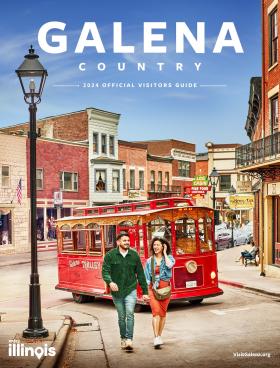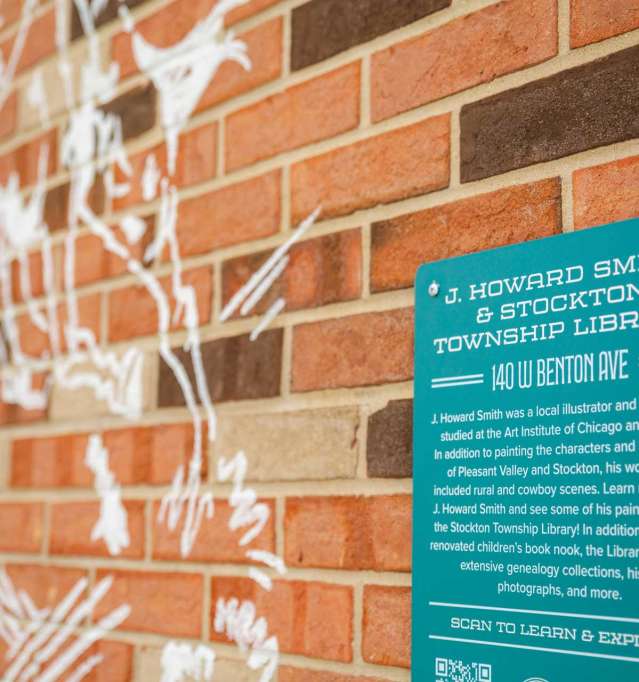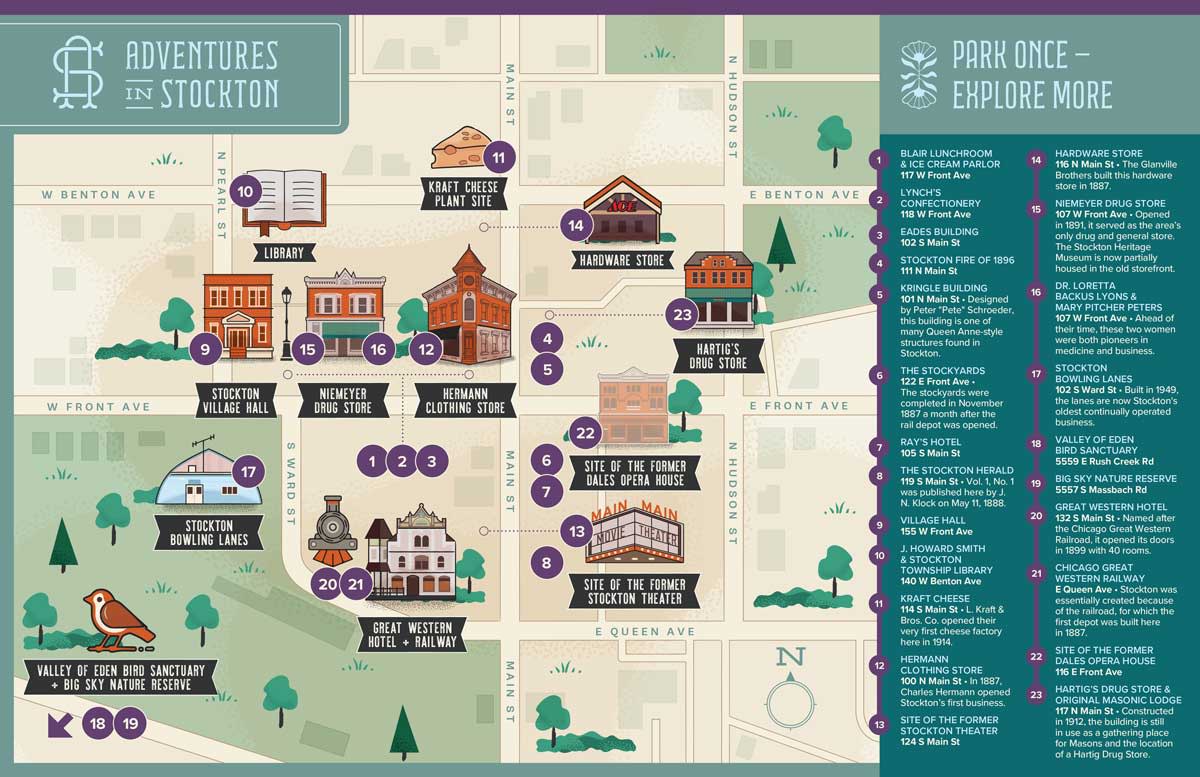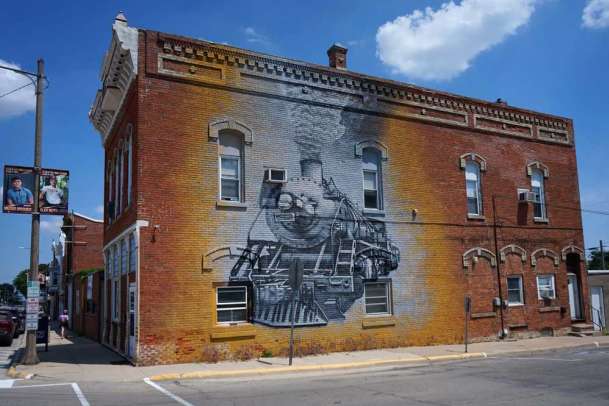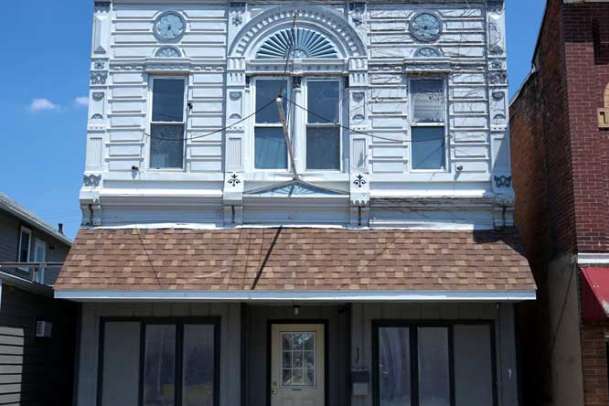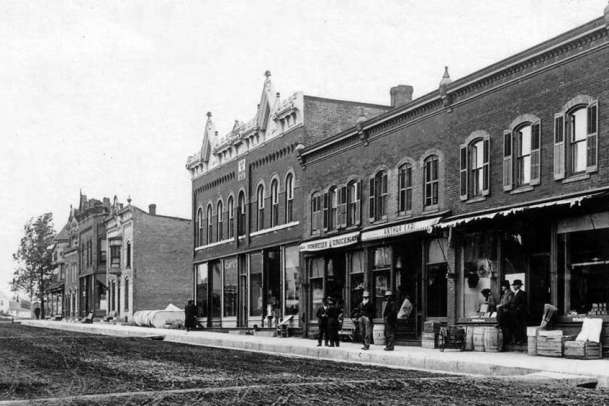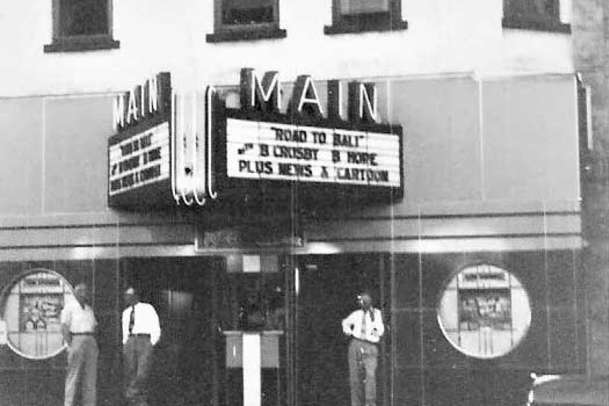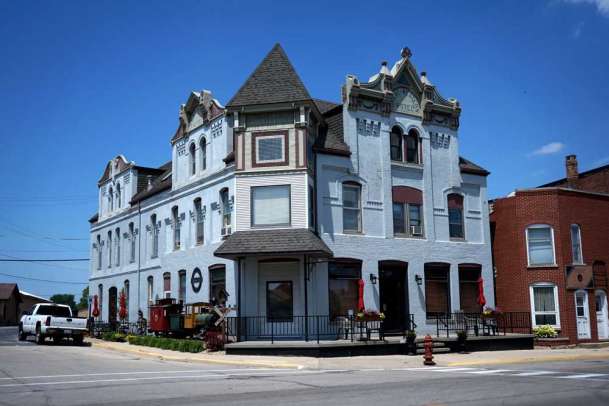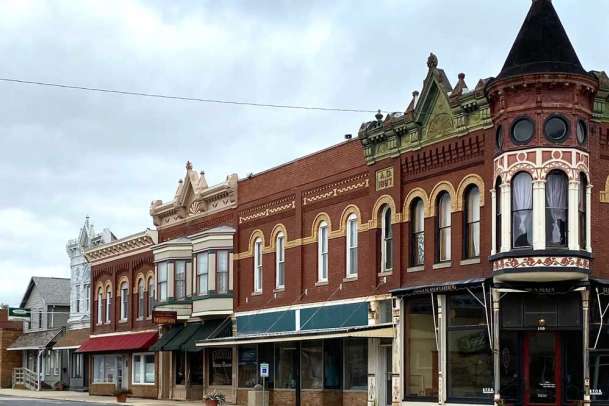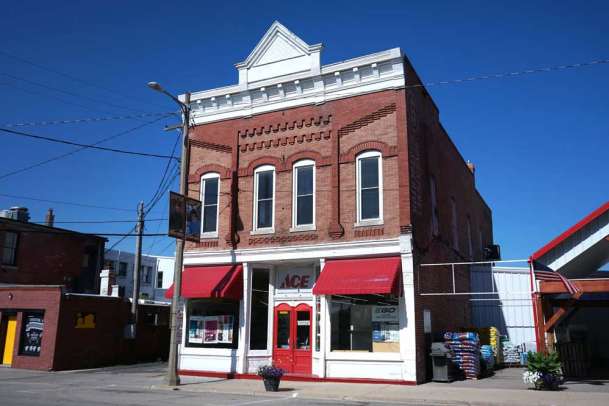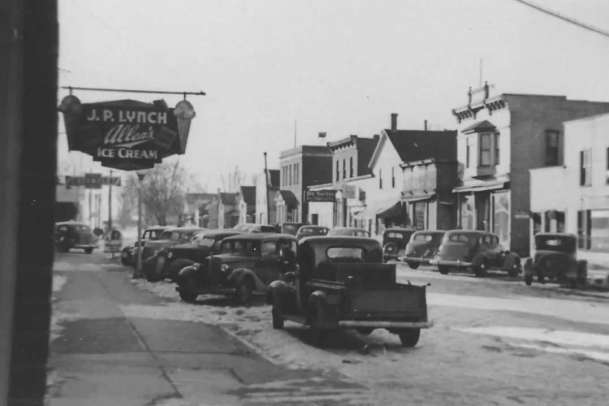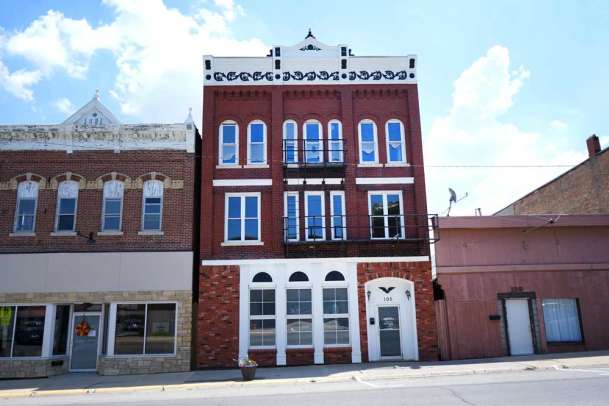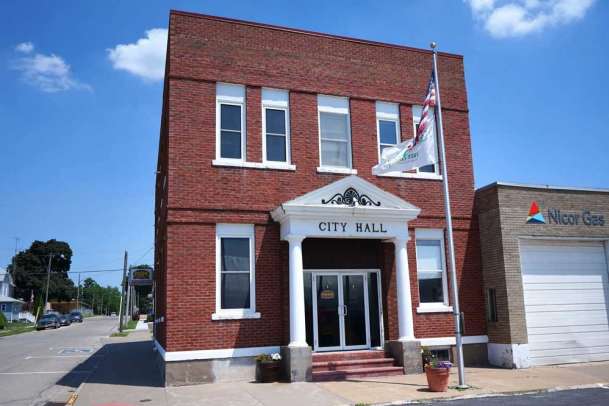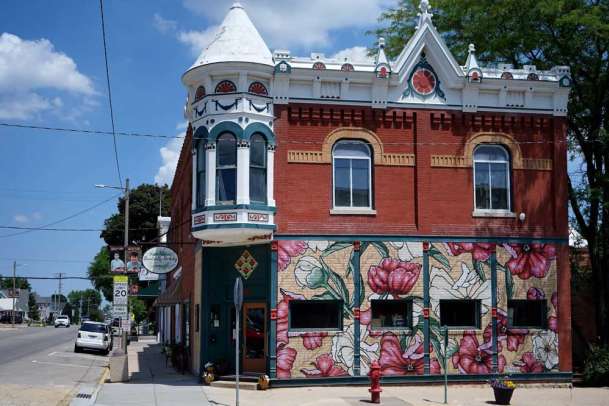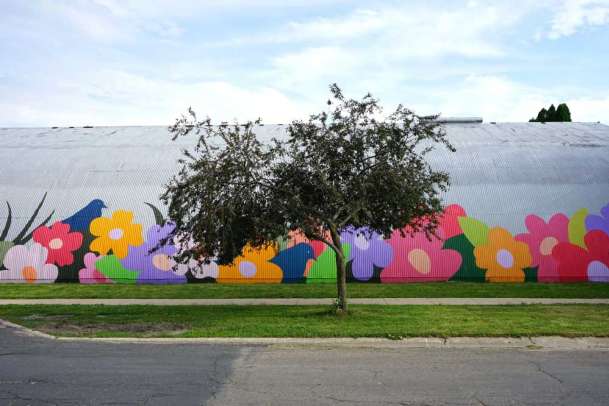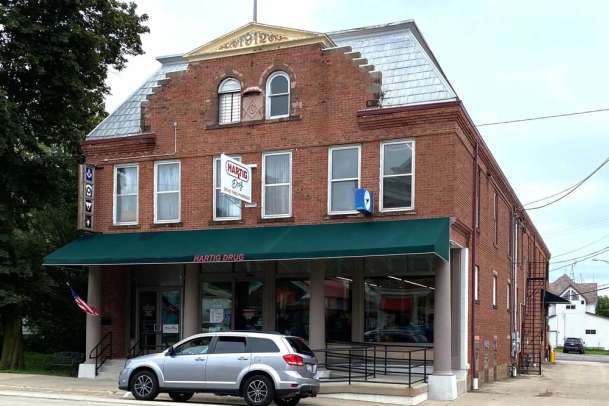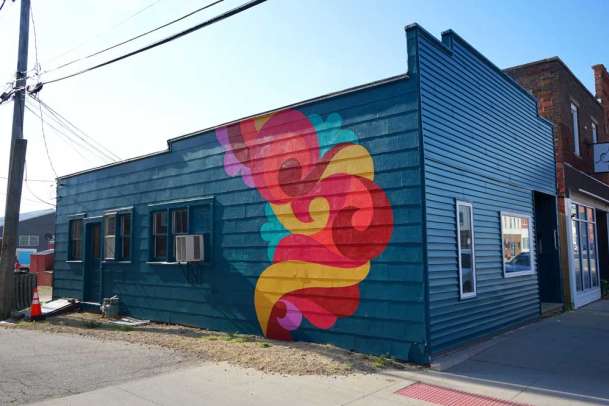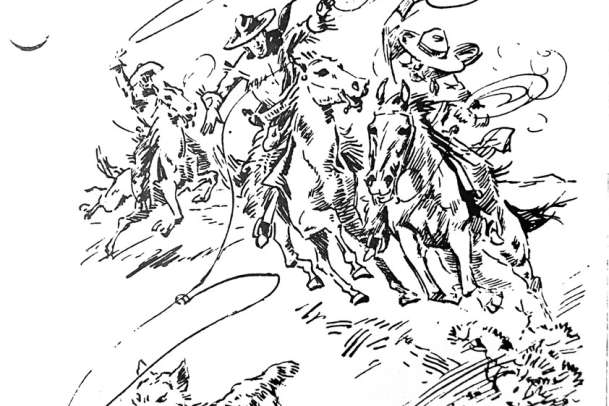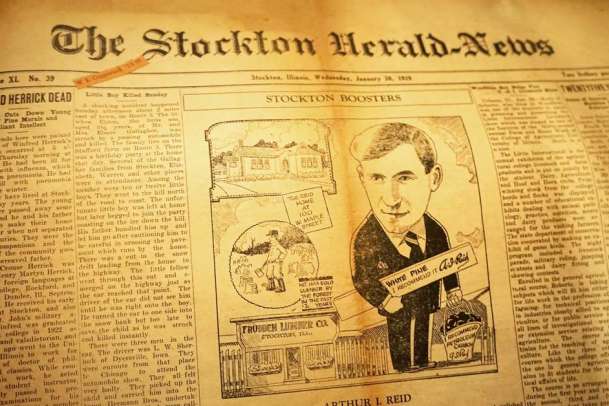Adventures in Stockton
Small town - Big surprises
A quaint village with quite a past
Welcome home to the original Kraft Cheese plant, pioneering women, magnificent murals and much more. Originally a quiet farming community, the Village of Stockton was incorporated in 1890 due in large part to the Chicago Great Western Railroad Company establishing a stop here. The rails brought trailblazers whose ideas, businesses and beautiful Queen Anne architecture can still be experienced today, reminding us of the glamor and ingenuity of the Gilded Age. As part of the Driftless Area, Stockton is also home to beautiful rolling hills, scenic farmland and vistas that stretch far and wide. Plan your getaway and let the adventures begin.
About Adventures in Stockton
A one-of-a-kind open-air museum
Adventures in Stockton is a self-guided interactive tour using informational signage and QR codes to introduce you to our many historical places, people and curiosities. As you’re traveling around our town visiting these sites, be sure to check out our marvelous murals, grab a bite or drink at one of our wonderful restaurants, cafes or bars and pick up a little something special at one of our unique shops.
Chicago Western Railroad
Riddle: Railroad Crossing, Watch Out for Cars! Can you spell that without any r’s?…
